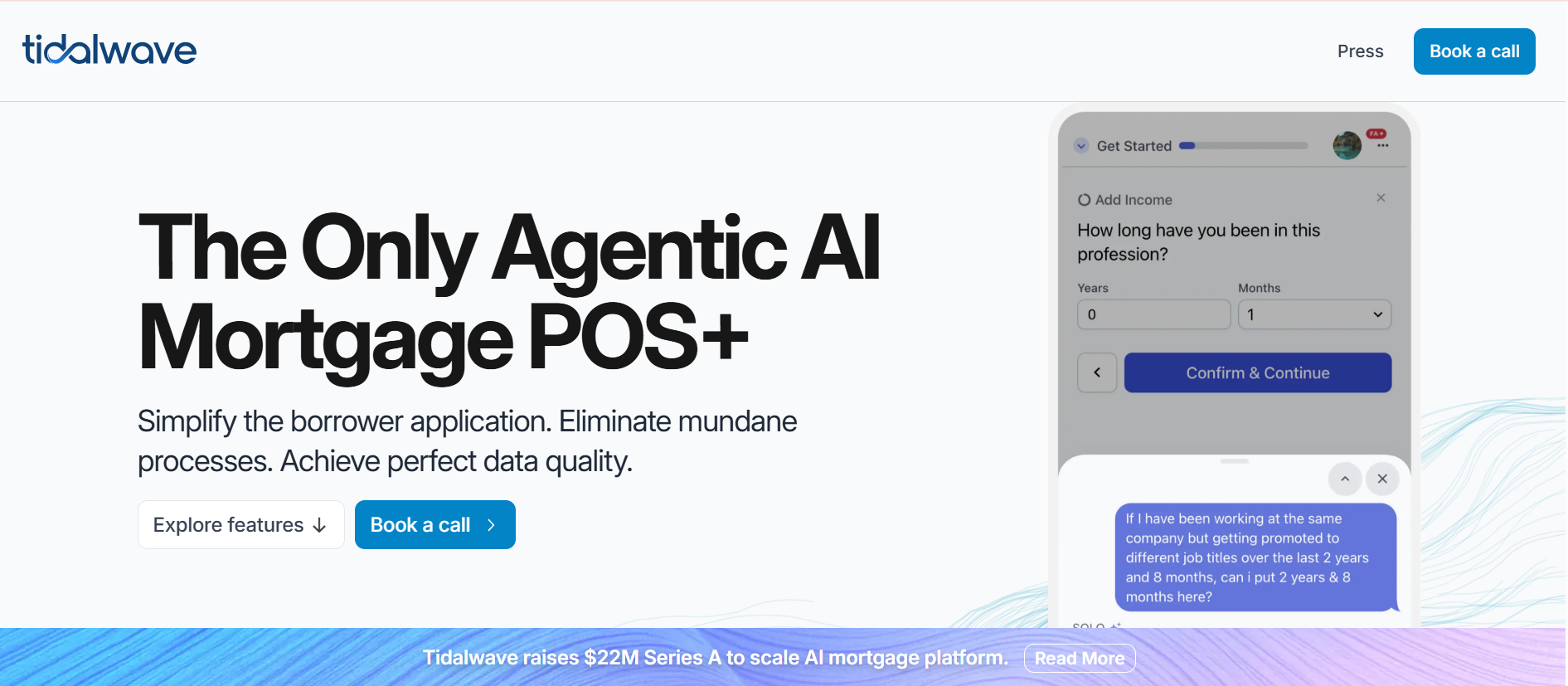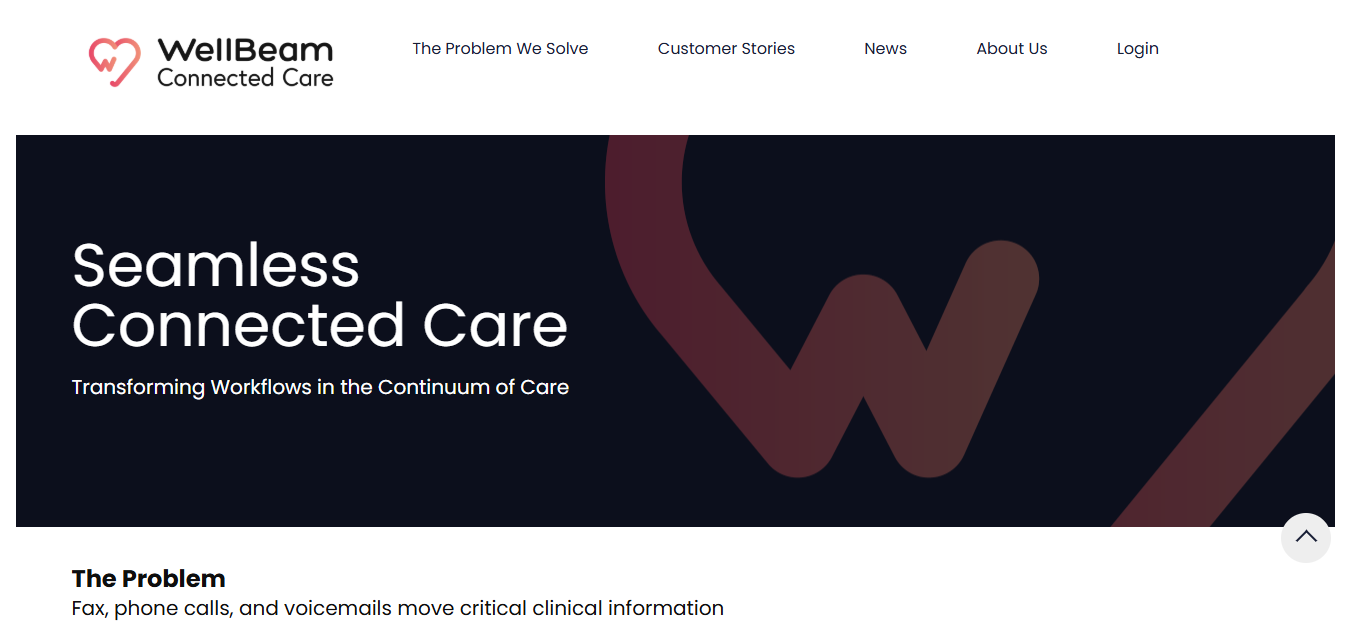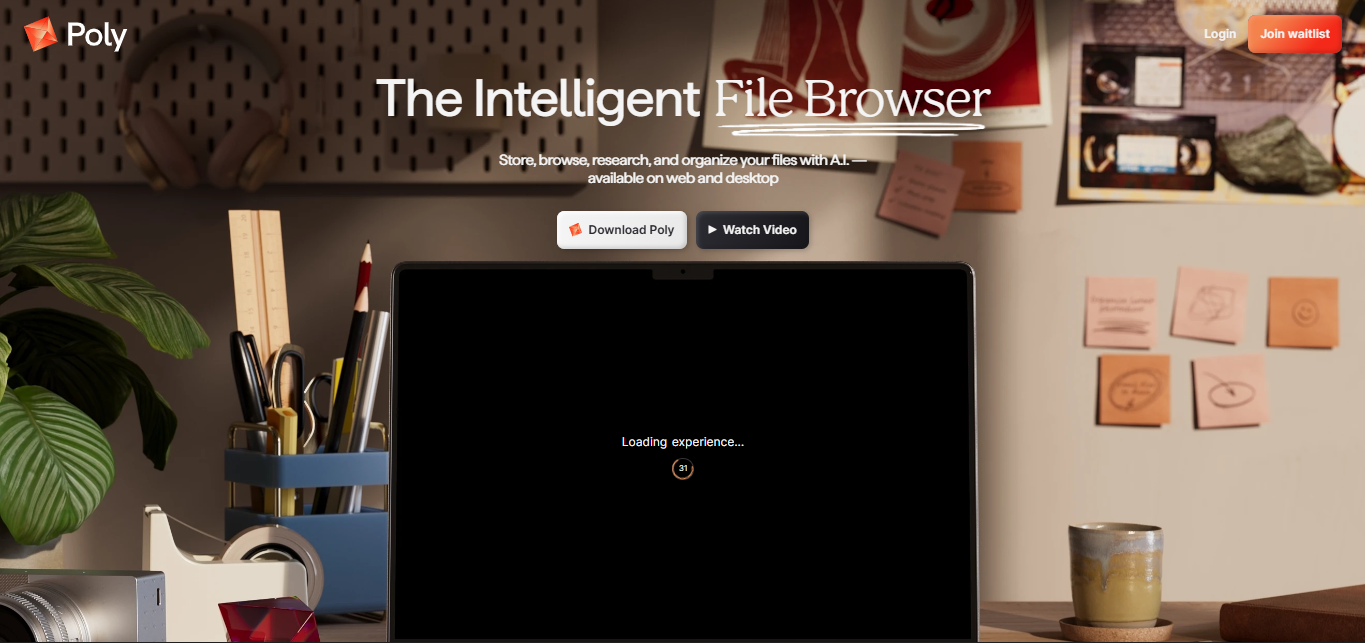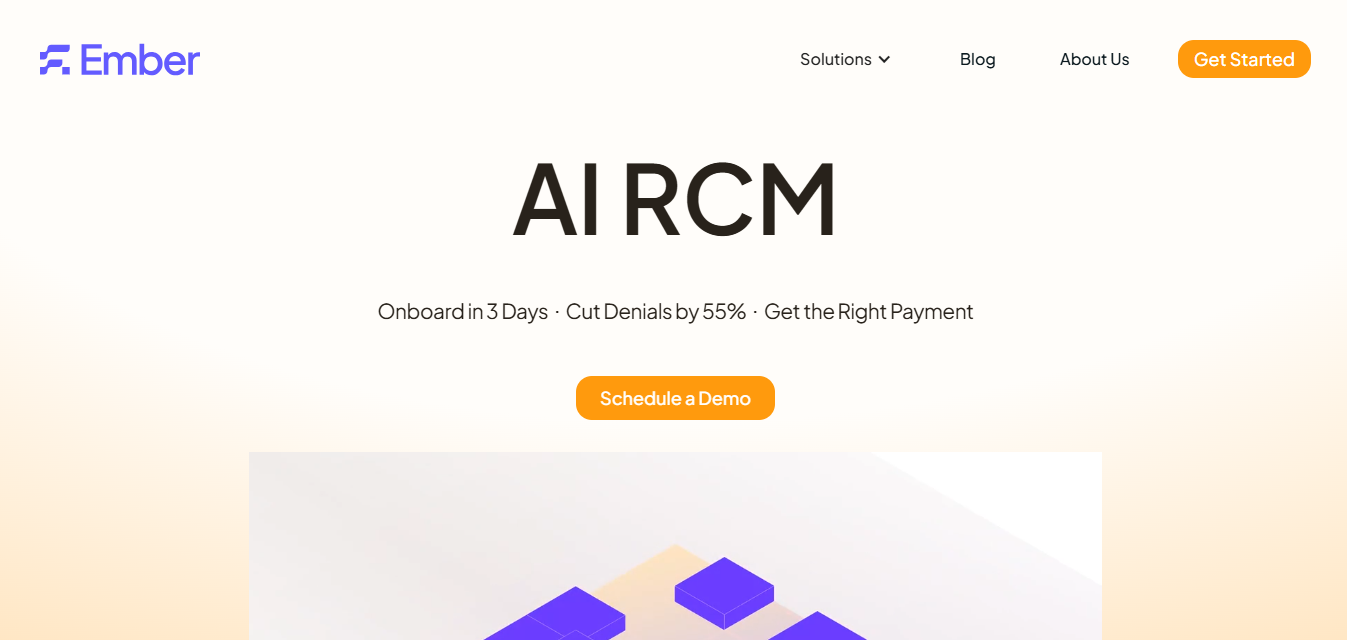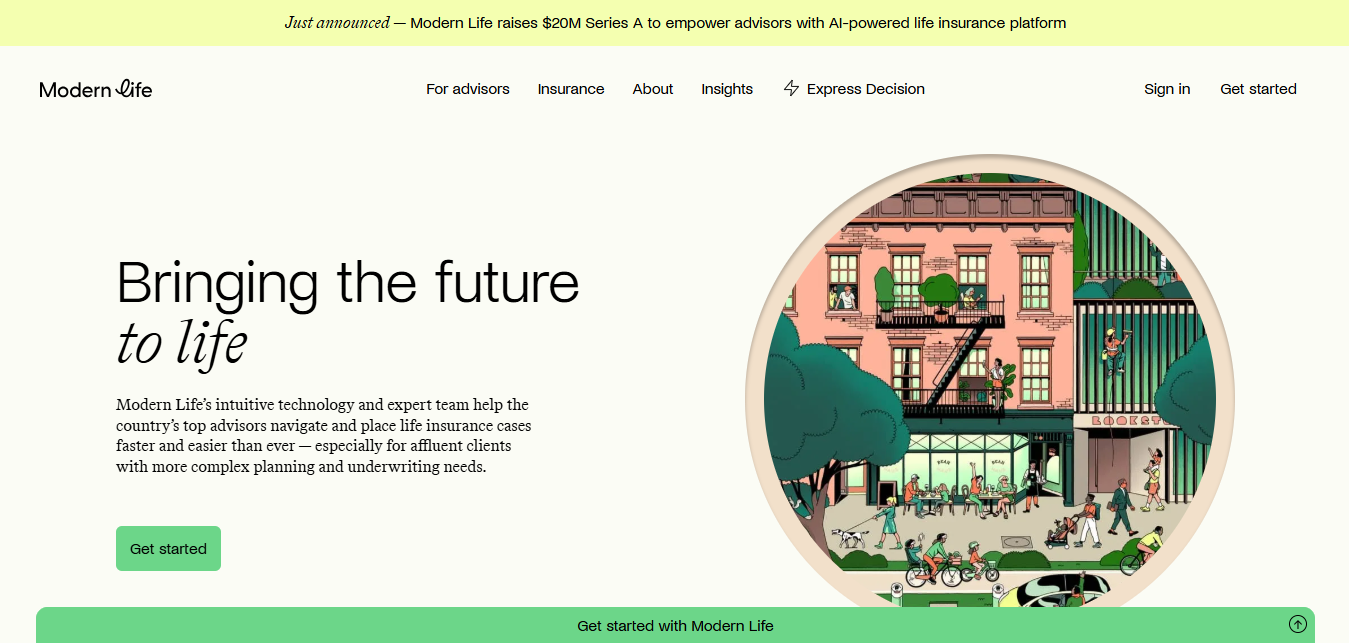How One Strategic Hire Gave a Startup Founder Her Time, Sanity, and Growth Back
May 28, 2025
byMihia Ma
Imagine being handed a credit of thirty extra hours each month, an entire workweek added back to your schedule without touching your existing commitments. Yet, most startup founders unknowingly surrender that very time every year to the relentless grind of administrative tasks. Consider that the average founder spends a staggering forty-two days annually buried under email chains, invoicing headaches, and endless status reports, days that could otherwise be spent refining your product, courting investors, or simply catching your breath.
I’ll never forget a conversation with a fellow founder who, bleary-eyed at two in the morning, was furiously drafting a support ticket response only to roll out of bed four hours later for a six o’clock board meeting, laptop still half-asleep in his lap. It’s a cycle of reactive firefighting: you wake up to an inbox that feels like an avalanche, your calendar appears as a patchwork of back-to-back appointments, and a small, stubborn voice insists that you should just handle it yourself. But that mindset is a fast track to burnout and missed opportunities. In the circus of startup life, the act of juggling endless tasks becomes less a display of skill and more a frantic scramble, and sooner or later, you start dropping the balls. Learning to delegate effectively isn’t a luxury; it’s the lifeline that lets you focus on steering your company forward rather than scrambling to keep it afloat.
Introduction: When Time Is Your Most Precious Resource
Startup life is glorified on social media: keynote speeches, funding announcements, product launches. What doesn’t make the highlight reel is the 80-hour weeks, the unpaid nights, and the relentless task list that never seems to shrink. For founders, every second spent on email triage or invoice chasing is a second not spent on strategy, product innovation, or nurturing your team.
Imagine clawing back 30 hours a month. That’s eight full working days, time you could use to:
- Craft your next pitch deck
- Innovate your product roadmap
- Mentor your team
- Rest and recharge
This is the story of Yasmine, a Dubai-based SaaS startup founder who was trapped in an operations grind until one pivotal hire through Fenoms turned everything around. Over the next 3,000 words, we’ll unpack her journey from overwhelm to clarity, and show you exactly how you can do the same.
Meet Yasmine: The Founder Who Wore a Dozen Hats
Yasmine launched her B2B SaaS platform in late 2022 with a clear vision: streamline project management for creative agencies. By mid-2023, she had traction, steady customer signups, positive feedback, and whispers of investor interest. But the early glow of success masked a growing problem:
- She handled all customer onboarding personally, writing welcome emails, setting up accounts, and troubleshooting first-day issues.
- She managed finance: sending invoices, chasing payments, and reconciling accounts.
- She ran operations: scheduling meetings, creating reports, and coordinating with vendors.
- She still coded, bug fixes in the middle of the night.
While her team of five developers and one marketer focused on their specialized roles, Yasmine’s day was a constant switch between Slack pings, calendar invites, and sticky notes plastered to her laptop. Her calendar looked like a jigsaw puzzle gone wrong, back-to-back events with no buffer.
“I was burning through coffee, not ideas,” Yasmine recalls. “I knew I was stagnating, but I didn’t know how to fix it.”
The Warning Signs: Burnout, Bottlenecks, and Broken Promises
Symptoms of Yasmine’s overload crept in slowly:
- Decision Fatigue by 11 a.m.
Simple yes/no questions felt monumental. - Missed Deadlines
Customer projects stalled because she was tied up in email chains. - Team Frustration
Her developers complained of delayed feedback; her marketer couldn’t launch campaigns without her sign-off. - Sunday Scaries
Instead of relaxing, she’d spend her weekends prepping for the week. - Health Declines
Skipped workouts, poor sleep, and a creeping sense of dread.
One day, she nearly missed a critical VC call, a meeting she spent two months securing. That wake-up moment hit hard:
“If I couldn’t manage my calendar, how could I manage a company?”
Why Traditional Hiring Wasn’t the Answer
Desperate for relief, Yasmine tried every conventional route:
- LinkedIn Job Posts: Hundreds of applicants, 95% unqualified.
- Referrals from Friends: A handful of leads, but inconsistent results.
- Recruitment Agencies: A lengthy process, hefty fees, and resumes that looked good on paper but fell short in execution.
- Contract-to-Hire Platforms: Good talent, but onboarding took weeks, and integration was clunky.
Each attempt ended the same way: frustration, wasted time, and no real solution. The irony? In trying to offload work, she ended up drowning in more tasks, screening, interviewing, negotiating.
“I would spend entire weekends just reading CVs and crafting feedback emails,” she said. “I felt like I was back in college, cramming for an exam I didn’t even care about.”
The Moment of Discovery: A Casual Meetup, A Lifeline Offered
At a local startup mixer, think energy drinks, networking cards, and a DJ spinning lo-fi beats, Yasmine found herself in the familiar pattern of venting. She lamented her sleepless nights and chaotic to-do list to a fellow founder.
He leaned in, eyebrows raised:
“You ever heard of Fenoms? They’re not like other hiring services. They help you get unburdened in under two weeks.”
Skepticism warred with hope. Yasmine had few illusions left, yet something in his tone suggested this might be different.
Understanding Fenoms: Problem-Centric, Not Résumé-Centric
Most hiring processes begin with a job description. Fenoms starts with your problems. Rather than rattling off responsibilities and qualifications, they ask:
“What would you be doing this week if only you had an extra pair of hands, and an expert mind behind it?”
For Yasmine, the answers were clear:
- Client onboarding emails clogged her inbox.
- Weekly performance reports ate into her Sundays.
- Vendor and finance follow-ups felt endless.
By pivoting to a problem-centric approach, Fenoms could tailor a role precisely, rather than shoehorn candidates into a one-size-fits-all JD.
The Matching Process: A Week to Transform Your Operations
Fenoms’ streamlined process moves through five key phases:
- Deep-Dive Discovery (Day 1):
A 90-minute session with Yasmine to map her daily pain points, team dynamics, and key objectives, no jargon, just honest conversation. - Operational Audit (Days 2–3):
A behind-the-scenes analysis of her tools (Notion, QuickBooks, Slack channels), workflows, and recurring bottlenecks. - Candidate Sourcing & Vetting (Days 4–6):
Leveraging a curated network of vetted startup professionals, Fenoms hand-selects 3–5 candidates whose skills, experience, and work style align perfectly. - Trial Engagement (Days 7–9):
A paid trial period where candidates tackle real tasks, building an onboarding tracker, reconciling invoices, drafting the weekly report template, while Yasmine observes fit and performance. - Offer & Onboarding (Days 10–14):
Once the trial concludes, Fenoms assists with offer negotiations, onboarding checklists, and introductions to key stakeholders.
Result: Yasmine had her operations manager, Fatima, onboarded and tackling critical tasks within two weeks of her first call.
Meet Fatima: The Calm, Methodical Operations Manager
Fatima arrived with six years in startup operations, fluent in both remote and in-office workflows. From day one, she demonstrated:
- Process Mastery: Built a centralized Notion database that tracked customer onboarding steps, deadlines, and status updates.
- Communication Clarity: Composed templated yet personalized client emails, cutting Yasmine’s inbox volume by 70%.
- Financial Discipline: Automated vendor follow-ups and invoice aging reports in QuickBooks, slashing late payments.
- Team Alignment: Established a weekly “ops sync” meeting agenda, ensuring every department knew priorities and progress.
“Fatima didn’t just do the work, she improved the way we worked,” Yasmine marvels. “It was like upgrading from dial-up to fiber overnight.”
A Detailed Time Audit: Quantifying 31 Hours Saved Monthly
To illustrate the impact, here’s a granular breakdown of time reclaimed:
| Task | Pre-Hire (hrs/week) | Post-Hire (hrs/week) | Monthly Time Saved |
| Client onboarding & emails | 10 | 2 | 34 hrs/month |
| Weekly internal reporting | $4 | 1 | 14 hrs/month |
| Invoice & vendor management | 6 | 1 | 20 hrs/month |
| Team coordination & meetings | 8 | 2 | 24 hrs/month |
| Ad-hoc operations “fires” | 10 | 2 | 32 hrs/month |
| Total | 38 | 7 | 124 hrs/month |
Note: Some tasks shifted from founder-led to team-led, compounding efficiency gains. Conservatively, Yasmine regained 31 hours per month, but the real benefit was less context-switching and more mental bandwidth.
Beyond Numbers: The Ripple Effects on Culture and Growth
Reclaiming time was just the start. Here’s what flowed from that newfound bandwidth:
- Productivity Boost: With operations humming, developers shipped a new feature sprint two weeks ahead of schedule.
- Revenue Stabilization: Automated invoices cut DSO (Days Sales Outstanding) by 15%, improving cash flow.
- Employee Engagement: Team morale rose, no more endless “can you just…” interruptions.
- Strategic Focus: Yasmine carved out morning “deep work” blocks for high-level planning and investor outreach.
“It wasn’t just a hire; it was an inflection point,” Yasmine explains. “We went from firefighting to forward planning.”
The Mental Health Dividend: From Burnout to Balance
Startup stress often masquerades as “passion.” But chronic overload leads to burnout, health issues, and costly mistakes. For Yasmine:
- Sleep Quality Improved: She reclaimed evenings and weekends.
- Reduced Anxiety: Knowing operations were covered eased constant worry.
- Reignited Creativity: She rediscovered the joy of brainstorming product innovations rather than drafting invoices.
“I felt human again,” she says. “And that’s priceless.”
What If Yasmine Had Waited Longer?
Delaying this hire could’ve cost far more than operational hours:
- Missed Funding Opportunities
Another missed VC meeting might have delayed her Series A by months. - Customer Churn
Slow onboarding and support would’ve eroded trust and increased cancellations. - Team Turnover
Frustrated employees might’ve jumped ship for smoother workflows. - Founder Burnout Exit
In worst-case scenarios, extreme overload can push founders to exit prematurely.
This single strategic hire protected both the business and its leadership.
Behind the Scenes: How Fenoms Ensures Quality Matches
Fenoms’ success formula is grounded in four pillars:
- Startup-Native Talent Pool
Candidates have proven experience in high-growth environments. - Problem-First Role Design
Roles are custom-built around founder pain points, not generic JDs. - Trial-First Validation
No blind commitments, real work trials confirm fit before full offers. - Ongoing Support
From contract negotiation to onboarding, Fenoms guides both sides.
This contrasts sharply with volume-driven agencies or impersonal job boards.
Common Founder Concerns, and How They’re Addressed
| Concern | Fenoms’ Response |
| “It’s expensive.” | ROI-backed: compare the cost to internal hours and delays. |
| “I want control.” | You approve every candidate, trial scope, and offer. |
| “I already use an ATS.” | Fenoms integrates with your systems, no duplicate work. |
| “What if the hire isn’t a fit?” | Trial period and replacement guarantees protect you. |
| “We have a tight culture.” | Cultural fit is core to our vetting and trial process. |
Lessons Learned: Actionable Takeaways for Founders
- Audit Your Time Weekly: Track where your hours go and categorize into “high leverage” vs. “low-leverage.”
- Define Problems, Not Roles: Frame hires by the impact you need, not the tasks you want to offload.
- Insist on Trial Work: Before committing, see how candidates perform on your actual workflows.
- Measure Outcomes, Not Hours: Focus on efficiency gains and business impact, not just time saved.
- Invest in Mental Bandwidth: Delegation isn’t a luxury, it’s a survival strategy.
Scaling This Model Across Your Organization
While Yasmine’s story centers on operations, the same approach applies to other functions:
- Marketing: Trial a fractional growth marketer to run campaigns and analyze data.
- Product: Hire a part-time product manager to define roadmaps and user stories.
- Finance: Bring on a bookkeeping specialist to automate financial close and reporting.
- Sales: Engage a BDR to fill your pipeline with qualified leads.
Fenoms’ modular model lets you scale each function as needed, without long-term overhead.
The Future of Hiring: Trends Every Founder Should Watch
- AI-Augmented Recruitment: Smarter matching algorithms that learn your preferences.
- Remote-First Talent Networks: Access specialists globally for niche roles.
- Flexible Engagement Models: Blending full-time, fractional, and project-based hires.
- Embedded Trials in Platforms: Instant “hire for a week” options via your favorite tools.
- Culture Analytics: Data-driven insights into team dynamics and fit.
Founders who embrace these trends will outpace competitors locked in old-school hiring.
Conclusion: Make Your Next Hire Count
Time is the one resource you can never replenish. Yasmine’s story shows that the right hire, strategically matched, trial-validated, and supported, can unlock weeks of reclaimed hours, improved culture, and accelerated growth. If your startup feels stuck in operational limbo, consider:
- Auditing your pain points.
- Partnering with a problem-centric hiring service.
- Starting with a trial engagement.
Your next breakthrough might not be a new feature, it might be the right person to help you build it.
“Hiring with Fenoms was the best lever I pulled this year,” Yasmine says. “It wasn’t just a hire, it was the moment my startup truly took off.”
Ready to reclaim your time and turbocharge your growth? Visit FenomsTalent.com to schedule your no-obligation discovery call. Make your next hire the one that changes everything.

